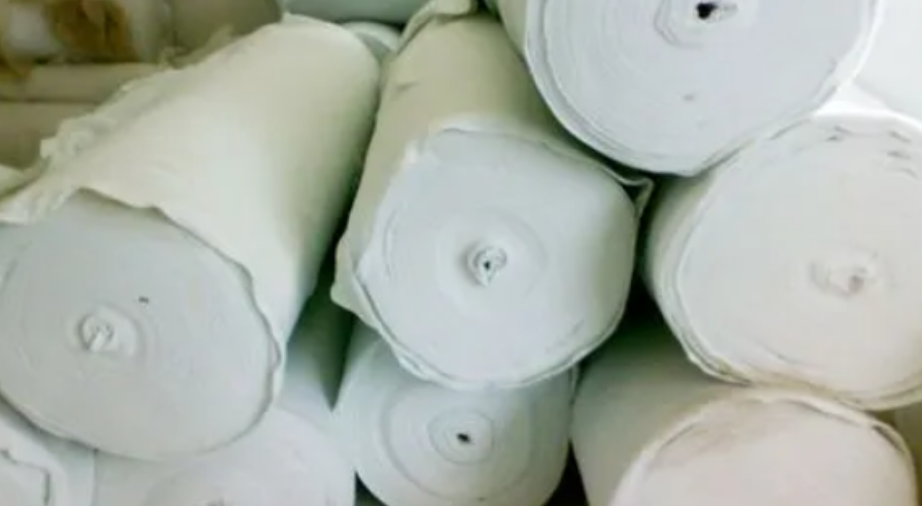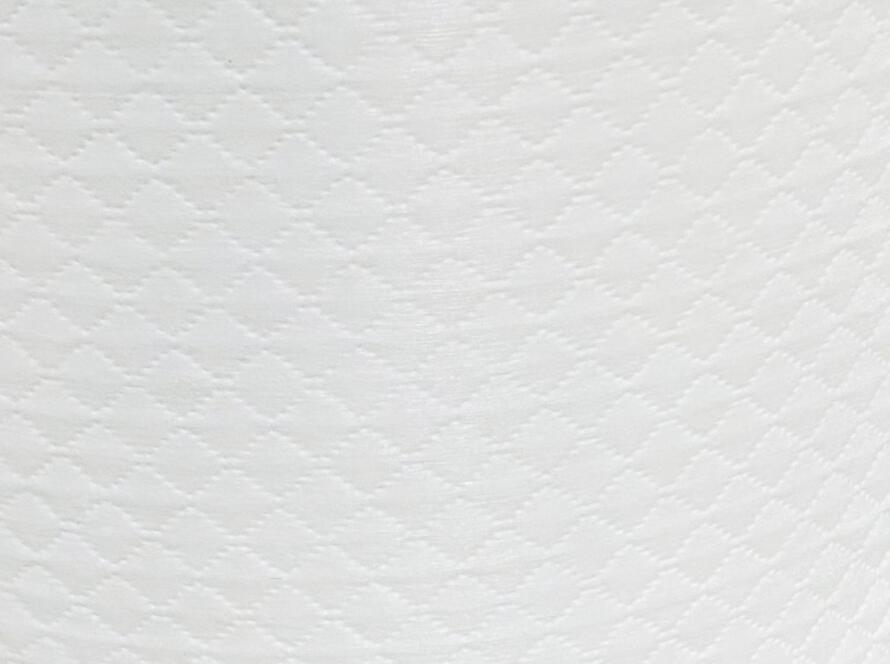Dangers of Nonwoven Fabrics with Poor Quality Ingredients
Hey, lovelies! 🌸 Today, let’s talk about something that’s often overlooked but can actually affect our health and the environment – nonwoven fabrics. These materials are everywhere – from face masks to cleaning wipes, and even in fashion items like jackets and bags. But what you may not know is that many low-quality nonwoven fabrics are made with harmful ingredients that can be dangerous to both you and the planet. 😱 Let’s dive into the dangers of nonwoven fabrics with poor-quality ingredients.

1. Toxic Chemicals in Low-Quality Nonwoven Fabrics
Not all nonwoven fabrics are created equal. In fact, many low-quality versions are made with harmful chemicals like formaldehyde, BPA (Bisphenol A), and phthalates, which are used to improve the texture, durability, or color of the fabric. However, exposure to these chemicals has been linked to a variety of health issues, including:
- Hormonal disruptions – Some of these chemicals, like phthalates and BPA, are known endocrine disruptors, which can interfere with hormone production in the body. Prolonged exposure could lead to issues like fertility problems or even developmental concerns in children.
- Skin irritation and allergic reactions – If you’ve ever experienced rashes, itching, or redness after using a product made from cheap nonwoven fabric, it could be a sign that your skin is reacting to the toxic chemicals used in the material.
- Respiratory problems – Inhalation of fine particles or fumes from cheap nonwoven fabric (such as when you’re using a disposable wipe) can irritate the respiratory system and aggravate conditions like asthma.
2. Environmental Impact of Nonwoven Fabrics
Nonwoven fabrics are typically made from synthetic materials like polypropylene and polyester, which are not biodegradable. When these products are disposed of, they contribute to the growing issue of plastic waste. 🌍 Plastics can take hundreds of years to break down, and in the meantime, they pollute our oceans and harm wildlife. 🐢
Even worse, many nonwoven fabrics are not recyclable, and the toxic chemicals used in their production can leach into the environment. As the world moves toward sustainability, it’s important to reconsider our reliance on disposable items made from low-quality nonwoven materials.
3. Microplastics and Their Impact
You’ve probably heard of microplastics, those tiny bits of plastic that are found in water, food, and even the air. Well, many nonwoven fabrics shed microplastics when they are used and disposed of, contributing to the plastic pollution crisis. These microplastics can end up in our oceans, where they are ingested by marine life, and eventually, they can make their way into the human food chain. 🌊
While the long-term effects of microplastics on human health are still being studied, researchers have raised concerns about their potential to accumulate in the body and cause health issues like inflammation, tissue damage, and even cancer.
4. Risk of Chemical Leaching in Household Products
Another big concern is chemical leaching. When low-quality nonwoven fabrics are used in household products, such as cleaning wipes or disposable masks, the chemicals they contain can leach into the air or onto surfaces. For example, when you use a cleaning wipe made from cheap nonwoven fabric, the chemical residue can remain on surfaces that you touch or even consume. 😷
This is particularly dangerous if you’re cleaning areas where food is prepared, as the chemicals can transfer onto plates, utensils, or food directly. It’s a sneaky way that harmful substances can find their way into your home, even though you might not realize it.
5. The Problem with Fast Fashion & Nonwoven Fabrics
Fast fashion relies heavily on nonwoven fabrics to produce inexpensive, low-quality clothing. While these garments are affordable, they often contain harmful chemicals and are poorly made, meaning they don’t last long and end up in landfills. 😞 The constant demand for cheap, disposable fashion leads to a huge increase in textile waste, which contributes to pollution and overconsumption.
Moreover, nonwoven fabric-based garments may also contain flame retardants or other hazardous chemicals that can leach into your skin or the air. This is why it’s crucial to look at the material composition and certification of clothing items, especially if they are marketed as “disposable” or “single-use.”
How to Choose Safer Alternatives?
So, what can we do? Don’t worry, I’ve got you covered with a few tips on how to make smarter choices:
- Opt for Eco-Friendly Products: Look for nonwoven fabric items that are made from natural, biodegradable materials like bamboo or cotton, rather than synthetics like polyester and polypropylene.
- Choose Reusable Options: Whenever possible, go for reusable cloths or masks made from organic fabrics. This will reduce your exposure to toxic chemicals and contribute to less waste. 🌿
- Support Sustainable Brands: Many brands now focus on producing eco-friendly, safe nonwoven fabrics. Opt for these over cheaper, mass-produced items that may harm both your health and the environment.
- Be Mindful of Certifications: Check product labels for certifications like OEKO-TEX Standard 100 or Global Organic Textile Standard (GOTS). These labels indicate that the fabric is free from harmful chemicals and has been tested for safety.
Final Thoughts
At the end of the day, we all deserve to live in a healthy, clean environment. By becoming more conscious of the materials we choose and supporting sustainable practices, we can protect both our health and the planet. So, the next time you’re grabbing a disposable wipe or shopping for a trendy new piece of clothing, take a moment to think about the hidden dangers in low-quality nonwoven fabrics. Your body and the Earth will thank you! 🌍💚
References:
- Lee, S., & Kim, H. (2021). Chemical Exposure and Its Effects from Nonwoven Fabrics. Environmental Health Perspectives, 129(9), 520-533.
- Zhang, L. (2020). Plastic Pollution and Nonwoven Fabrics: A Growing Concern. Journal of Environmental Sustainability, 11(4), 305-317.
- Williams, C. (2019). Microplastics in Household Products: Risks and Implications. International Journal of Environmental Research, 15(3), 125-135.
Hope this helps you make better, more informed choices! 💪🌸 Buy good quality spunlace nonwoven fabric



